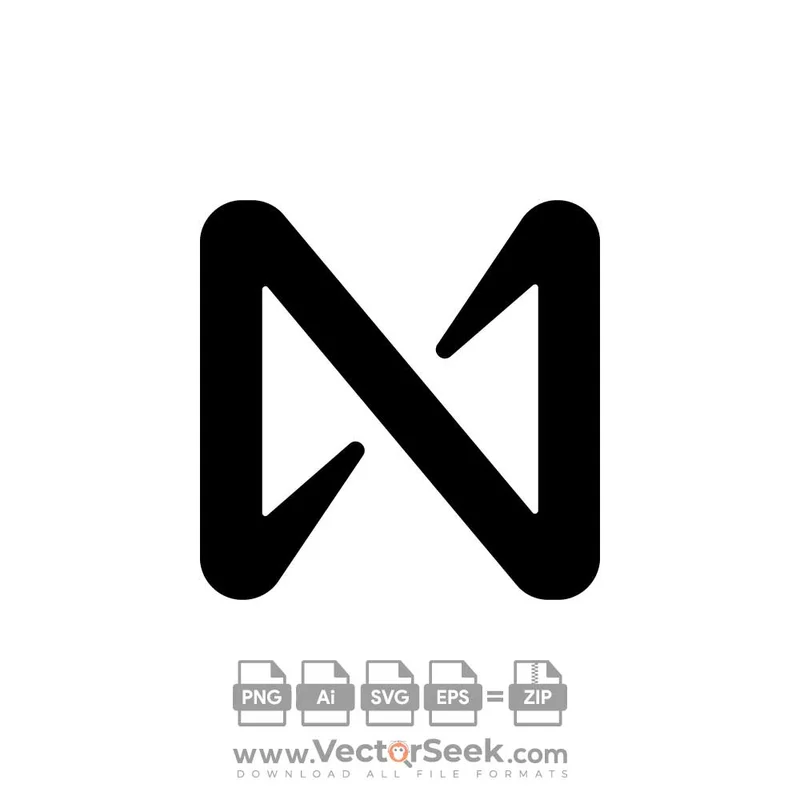Title: NEAR Protocol's Intent Layer: Real Liquidity or Just AI Hype?
Okay, so NEAR Protocol's been bouncing around the crypto news cycle lately, and the headline grabbing everyone's attention is a supposed surge in trading volume on its "Intent layer." Up 38%, some outlets are shouting. But before we all jump on the bandwagon, let's dig into what that really means. As usual, the devil's in the data.
The Intent Layer: What Is It, and Why Should I Care?
The core idea behind NEAR's Intent layer is pretty straightforward: it's supposed to be a way for users (or, more interestingly, AI agents) to define what they want to do on-chain (like a swap), without having to worry about the how. The protocol then handles the execution. Proponents claim this simplifies cross-chain transactions, especially. The recent spike seems tied to the narrative of AI-driven autonomous agents using this layer for on-chain activity.
Now, the claim is that trading volume on this Intent layer is surging, supposedly driving up the NEAR token price. We are seeing numbers around $4 billion in total volume, and a recent daily all-time high of $200 million. The NEAR Protocol's official X account even celebrated it, calling it "unstoppable liquidity." But is it really? A closer look raises some questions. Will Near Protocol rally as Intent layer volume approaches $4 billion?
First, let's talk about what's being traded. Bitcoin and Zcash are apparently popular, along with stablecoins like USDT and USDC. And here's the rub: the Intent layer allows for gas fees and settlements to be paid in stablecoins. This means that while the volume might be high, the actual demand for NEAR tokens on the Intent layer could be limited to transactions specifically settled using NEAR.
And this is the part of the report that I find genuinely puzzling: if the Intent layer is primarily facilitating swaps between other assets, and settling fees in stablecoins, how much of this activity is actually benefiting NEAR token holders? The claim of "unstoppable liquidity" feels a bit… overblown.
AI Narrative vs. Reality
NEAR is positioned as an "AI-native" blockchain, and that's part of the hype. But let's be clear: slapping an "AI" label on something doesn't automatically make it valuable. The question is whether the underlying technology and tokenomics actually support the AI narrative.
VentureBurn analysts combine fundamental and technical factors when forecasting NEAR’s price. The forecasts are based on statistics, historical price patterns, and a variety of technical indicators, including RSI, MACD, support and resistance, trendlines, Fibonacci levels, and momentum. Trained AI models and manual reviews are also utilized to improve prediction accuracy. (They still recommend you do your own research, though.)

One piece of good news, though: NEAR has just crossed an important milestone in its journey — virtually all of its initial token supply is now fully unlocked, reaching nearly 100% circulation. The final phase of the long-term vesting schedule, which stretched over the past 4–5 years, was completed only a few days ago. With the unlock process now finished, there’s no longer a looming risk of sudden supply shocks from early investors or large institutional holders. This shift creates a more predictable and stable supply dynamic, which is a positive sign for both long-term holders and new investors.
Looking at the technical analysis, NEAR has been trading in a tight range between $1.80 and $3.20 for the past six months. The market is coiling up, and a breakout is expected. The most important level to monitor right now is $3.30. If NEAR struggles to break and hold above this zone — showing repeated rejection, fading momentum, or long upper wicks — it could signal that bulls are running out of steam.
The other question I have is about the integration between NEAR Protocol and Zcash. The upgrade introduces the NEAR Intents cross-chain coordination layer, allowing users to leverage Zcash’s privacy features for payments on other blockchains without revealing sender addresses, essentially making Zcash a stealth payment layer across ecosystems. But does this integration actually drive demand for NEAR tokens, or does it primarily benefit Zcash users? It's not immediately clear.
A Grain of Salt, Please
So, what's the real takeaway here? Is NEAR Protocol a screaming "buy"? Not so fast. While the Intent layer volume numbers are impressive, it's crucial to understand what's actually driving that volume, and how much of it translates into genuine, sustainable demand for NEAR tokens. The surge might be less about AI adoption and more about clever marketing of a cross-chain swap mechanism.
The predicted price for 2025 is $5.00. In 2026, $7.50. In 2027, $13.470. And finally, in 2028, $14.50. (That's 57.93%, 136.89%, 325.46%, and 357.99% potential ROI, respectively.)
I'd like to see more data on who is using the Intent layer (are they really AI agents, or just regular traders?), and what they're using it for (beyond simple token swaps). Until then, I'm remaining cautiously skeptical.
